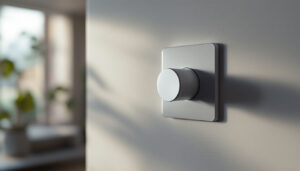
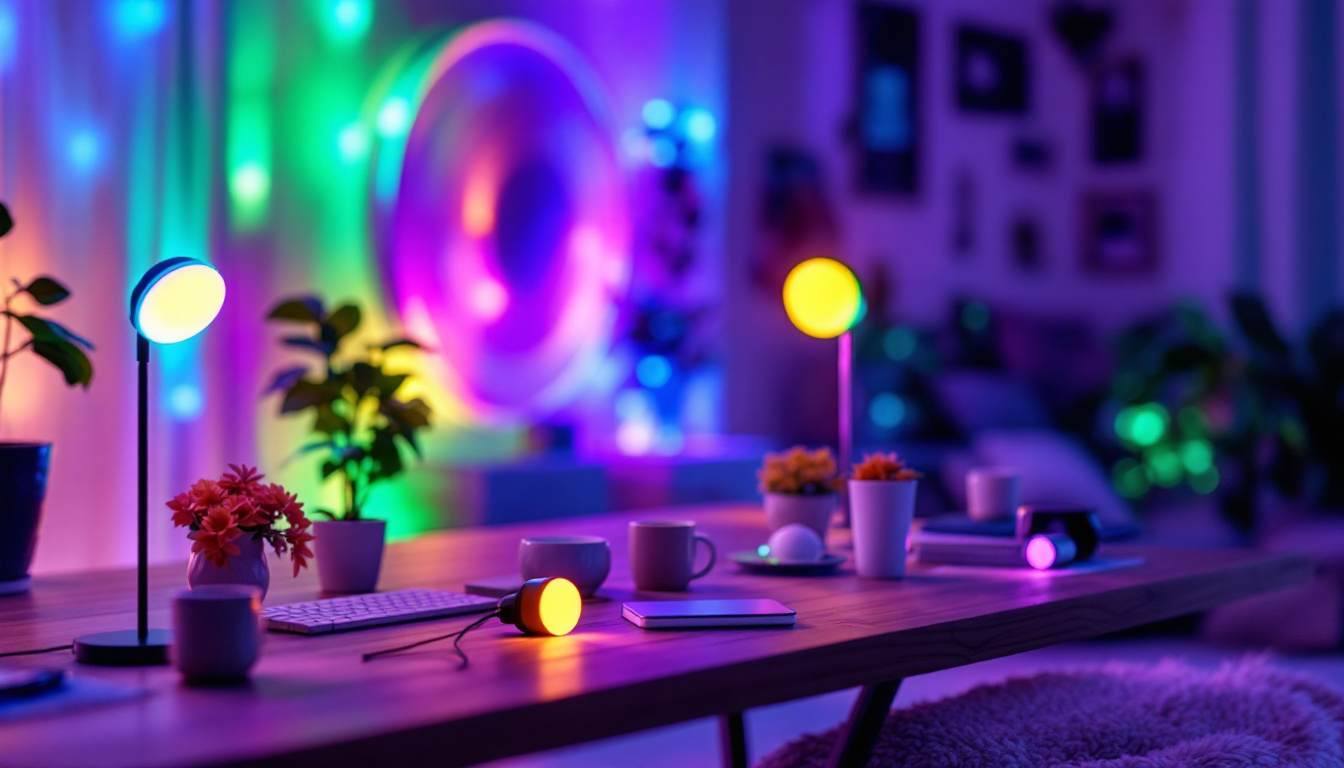
In the realm of modern lighting solutions, LED RGB lights have emerged as a game changer for both residential and commercial applications. With their vibrant colors, energy efficiency, and versatility, these lights are not just a trend; they represent a significant advancement in lighting technology. For lighting contractors, understanding the benefits and applications of LED RGB lights is essential in providing clients with innovative and sustainable lighting solutions.
LED RGB lights utilize light-emitting diodes (LEDs) that can produce a wide spectrum of colors by mixing red, green, and blue light. This technology allows for dynamic color changes and effects, making it ideal for various settings, from homes to commercial spaces. The ability to customize lighting colors and effects enhances the ambiance and can influence mood and productivity. For instance, warm colors can create a cozy atmosphere perfect for relaxation, while cooler tones can invigorate a workspace, promoting focus and creativity.
The fundamental principle behind LED RGB lights lies in the additive color mixing process. By adjusting the intensity of red, green, and blue LEDs, a virtually limitless range of colors can be created. This is achieved through the use of microcontrollers that manage the output of each LED, allowing for precise control over color and brightness. Many modern systems also incorporate wireless technology, enabling users to control their lighting via smartphone apps or voice assistants, adding convenience and versatility to the user experience.
In addition to static colors, many LED RGB systems offer dynamic lighting effects, such as fading, flashing, and color cycling, which can be programmed to suit various occasions or preferences. This flexibility makes RGB lighting an attractive option for lighting contractors looking to provide customized solutions to their clients. Moreover, the integration of sensors allows for adaptive lighting, where the system can respond to changes in ambient light or occupancy, further enhancing energy savings and user comfort.
One of the most significant advantages of LED RGB lights is their energy efficiency. Compared to traditional incandescent or fluorescent lighting, LEDs consume significantly less power while providing the same or even greater light output. This not only reduces energy costs for end-users but also contributes to a lower carbon footprint. The efficiency of LED technology is further enhanced by the fact that it generates less heat, which means that less energy is wasted in the form of heat loss, making them safer and cooler to operate.
Furthermore, LED RGB lights have a longer lifespan, often lasting up to 25,000 hours or more. This longevity means fewer replacements and less waste, making them an environmentally friendly choice. For contractors, promoting the energy-efficient aspects of LED RGB lights can be a compelling selling point for eco-conscious clients. Additionally, many municipalities offer incentives for using energy-efficient lighting solutions, which can further lower the initial investment costs for consumers. As the demand for sustainable practices grows, the adoption of LED RGB technology is likely to become even more prevalent in both residential and commercial applications.
The versatility of LED RGB lights opens up a wide range of applications across various sectors. From residential homes to commercial spaces, the potential uses are virtually limitless. Understanding these applications can help lighting contractors tailor their offerings to meet specific client needs.
In residential settings, LED RGB lights can transform spaces by adding a touch of creativity and personalization. Homeowners can use these lights for accent lighting, mood lighting, or even as part of a home automation system. For example, RGB lights can be installed in living rooms, bedrooms, or outdoor areas to create a welcoming atmosphere for gatherings or relaxation.
Additionally, smart home integration allows homeowners to control their RGB lights through mobile apps or voice commands, enhancing convenience and user experience. Lighting contractors can leverage this trend by offering installation services that include smart technology compatibility.
In commercial environments, LED RGB lights play a crucial role in branding and creating an inviting atmosphere. Retail stores, restaurants, and event venues can utilize RGB lighting to highlight products, create themed environments, or enhance the overall customer experience. For instance, a restaurant might use dynamic lighting to set the mood for different dining experiences, from casual lunches to romantic dinners.
Moreover, RGB lights can be programmed for special events, such as weddings or corporate functions, allowing for customized lighting schemes that align with the event’s theme. This adaptability makes LED RGB lights a valuable asset for contractors working in the event planning and hospitality sectors.
Architectural and landscape lighting also benefit significantly from LED RGB technology. Contractors can use these lights to highlight architectural features, create dramatic effects, or enhance outdoor spaces. For example, a building’s façade can be illuminated with color-changing lights to reflect seasonal themes or special occasions, while gardens and pathways can be enhanced with ambient lighting that adjusts to the time of day.
Using RGB lights in landscaping not only beautifies outdoor spaces but also improves safety and security. Well-lit pathways and entrances deter unwanted visitors and provide a welcoming environment for guests. Contractors can offer innovative solutions that combine aesthetics with functionality, appealing to clients looking to enhance their properties.
While LED RGB lights offer numerous benefits, proper installation is crucial to ensure optimal performance and longevity. Lighting contractors should be aware of several key considerations when working with these systems.
Not all LED RGB lights are created equal. Contractors should carefully select high-quality products that meet the specific needs of their clients. Factors to consider include brightness (measured in lumens), color accuracy, and compatibility with control systems. It is essential to choose products from reputable manufacturers to ensure reliability and performance.
Additionally, understanding the different types of RGB lights available—such as strip lights, bulbs, and fixtures—can help contractors recommend the best options for each application. Tailoring product choices to the unique requirements of a project can enhance customer satisfaction and lead to repeat business.
When installing LED RGB lights, electrical considerations are paramount. Contractors must ensure that the existing electrical infrastructure can support the new lighting system. This includes assessing the circuit load, voltage requirements, and any necessary wiring upgrades.
Moreover, proper installation techniques are essential to prevent issues such as flickering or color inconsistencies. Following manufacturer guidelines and local electrical codes will help ensure a safe and effective installation process. Contractors should also educate clients on the importance of regular maintenance to keep their lighting systems functioning optimally.
Many LED RGB lights come with advanced programming and control options, allowing for customized lighting experiences. Contractors should be familiar with various control systems, including remote controls, wall-mounted panels, and smart home integration platforms.
Offering clients a demonstration of how to use these systems can enhance their overall experience and satisfaction. Additionally, providing ongoing support for programming and troubleshooting can establish a strong relationship between contractors and clients, leading to future referrals and projects.
The lighting industry is continually evolving, and LED RGB technology is at the forefront of this transformation. Staying informed about future trends can help lighting contractors remain competitive and meet the changing demands of their clients.
As smart home technology becomes increasingly popular, the integration of LED RGB lights with home automation systems is expected to grow. This trend allows homeowners to control their lighting through mobile apps, voice commands, and automation schedules. Contractors should be prepared to offer solutions that seamlessly integrate RGB lighting with existing smart home ecosystems, enhancing convenience and user experience.
Furthermore, advancements in artificial intelligence and machine learning could lead to even more sophisticated lighting control options, allowing for personalized lighting experiences based on individual preferences and behaviors.
With a growing emphasis on sustainability, the demand for energy-efficient lighting solutions like LED RGB lights will continue to rise. Contractors should be proactive in promoting the environmental benefits of these products, including reduced energy consumption and longer lifespans. By aligning with eco-friendly practices, contractors can attract environmentally conscious clients and contribute to a more sustainable future.
Additionally, exploring options for recycling old lighting products and using sustainable materials in new installations can further enhance a contractor’s reputation as a responsible and forward-thinking professional.
As technology advances, innovative design solutions for LED RGB lighting will emerge. This may include new forms of fixtures, improved color rendering capabilities, and enhanced control options. Contractors should stay informed about industry developments and be open to experimenting with new products and techniques.
By embracing innovation, lighting contractors can offer unique and creative solutions that set them apart from the competition. This adaptability will be crucial in meeting the diverse needs of clients and keeping pace with industry trends.
LED RGB lights represent a significant advancement in energy-efficient lighting technology, offering versatility, customization, and sustainability. For lighting contractors, understanding the intricacies of this technology is essential for providing clients with innovative solutions that enhance their spaces.
From residential applications to commercial and architectural lighting, the potential uses for LED RGB lights are vast. By staying informed about installation best practices, future trends, and the benefits of energy efficiency, contractors can position themselves as experts in the field and build lasting relationships with their clients.
As the demand for energy-efficient lighting solutions continues to grow, embracing LED RGB technology will not only benefit contractors’ businesses but also contribute to a more sustainable future for the lighting industry as a whole.
Ready to elevate your lighting game with the vibrant versatility of LED RGB lights? At LumenWholesale, we provide lighting contractors with the highest quality, spec-grade LED solutions at unbeatable wholesale prices. Say goodbye to the middleman and hello to superior products, free shipping, and the best value for your investment. Whether you’re enhancing residential charm or commercial appeal, our extensive selection is designed to meet your project’s every need. Don’t compromise on quality or cost. Discover wholesale lighting at the best value today and light up your client’s world with LumenWholesale.

Discover why LED light fixtures are a game-changer for garage spaces and essential for lighting contractors.
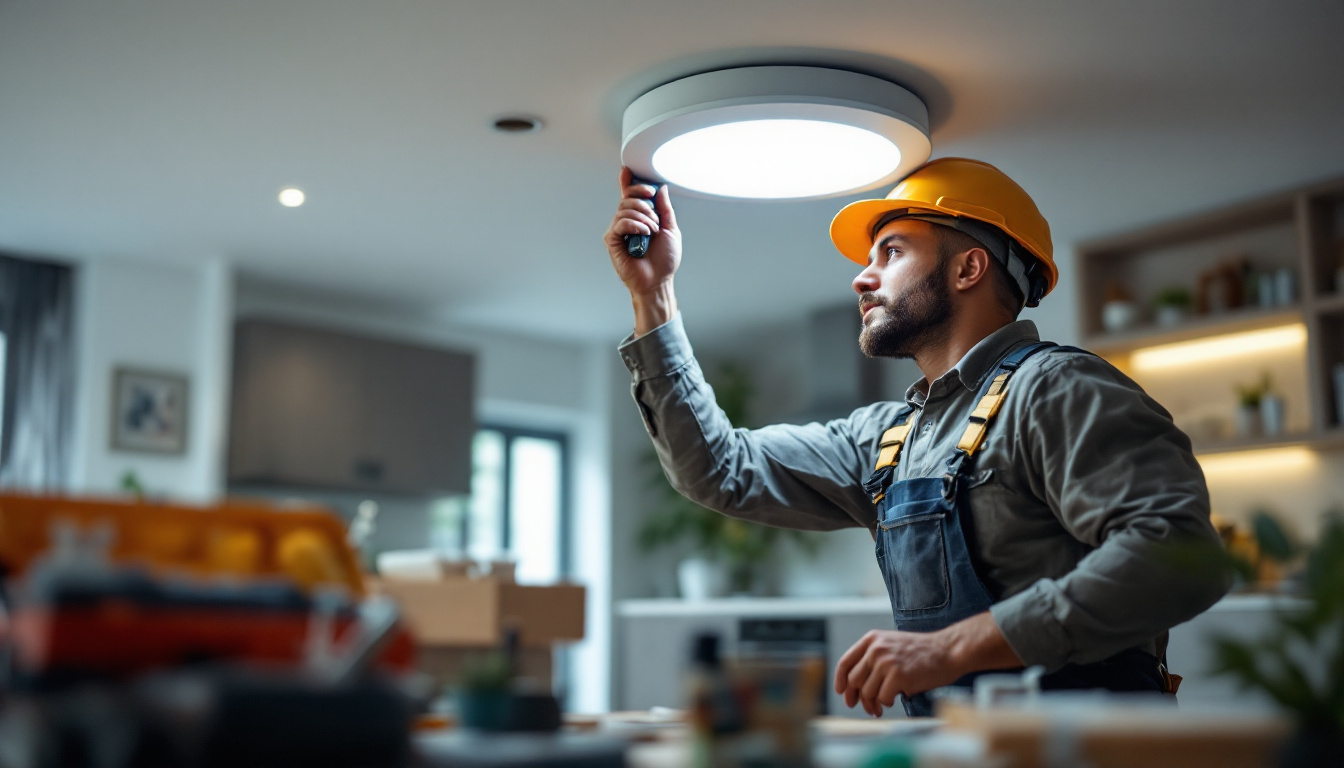
Discover the essential insights and considerations for lighting contractors when working with 6-inch recessed light cans.
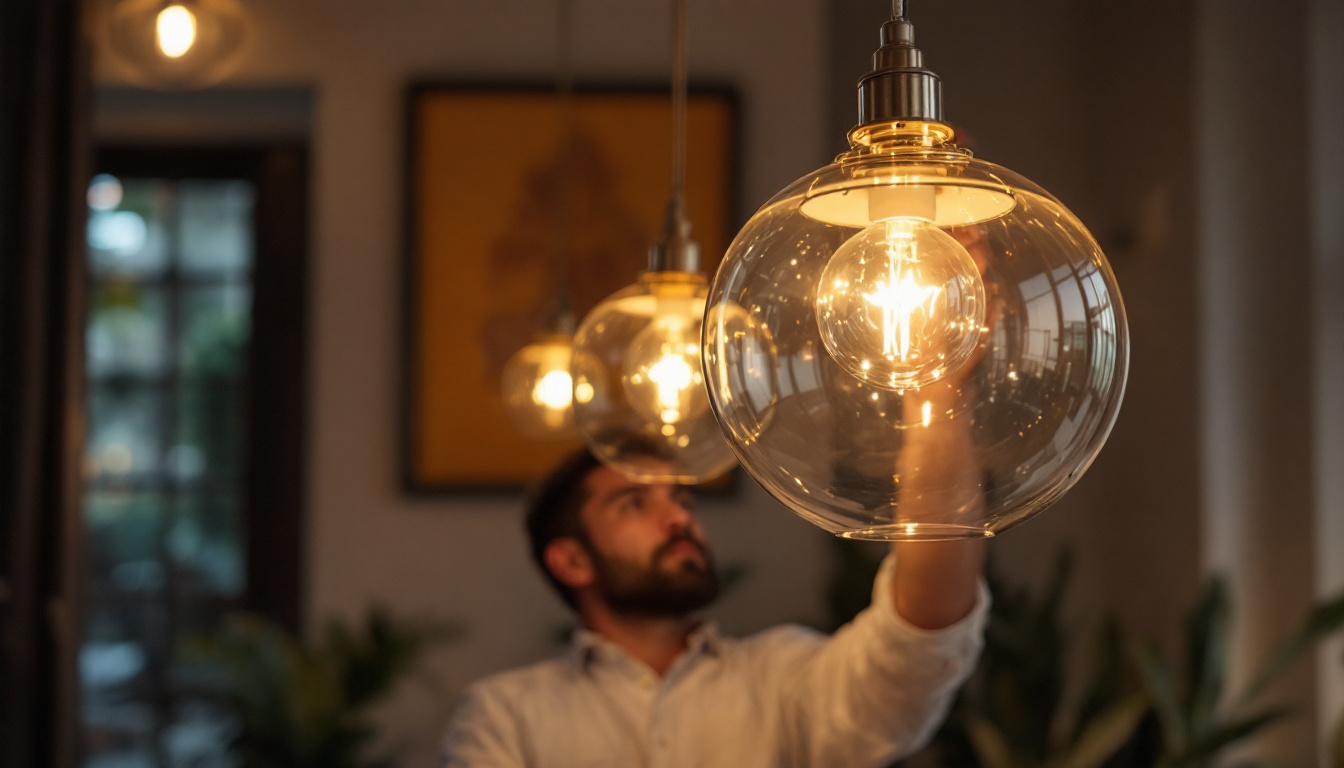
Discover how glass silver hanging light fixtures can transform your projects and elevate your business.
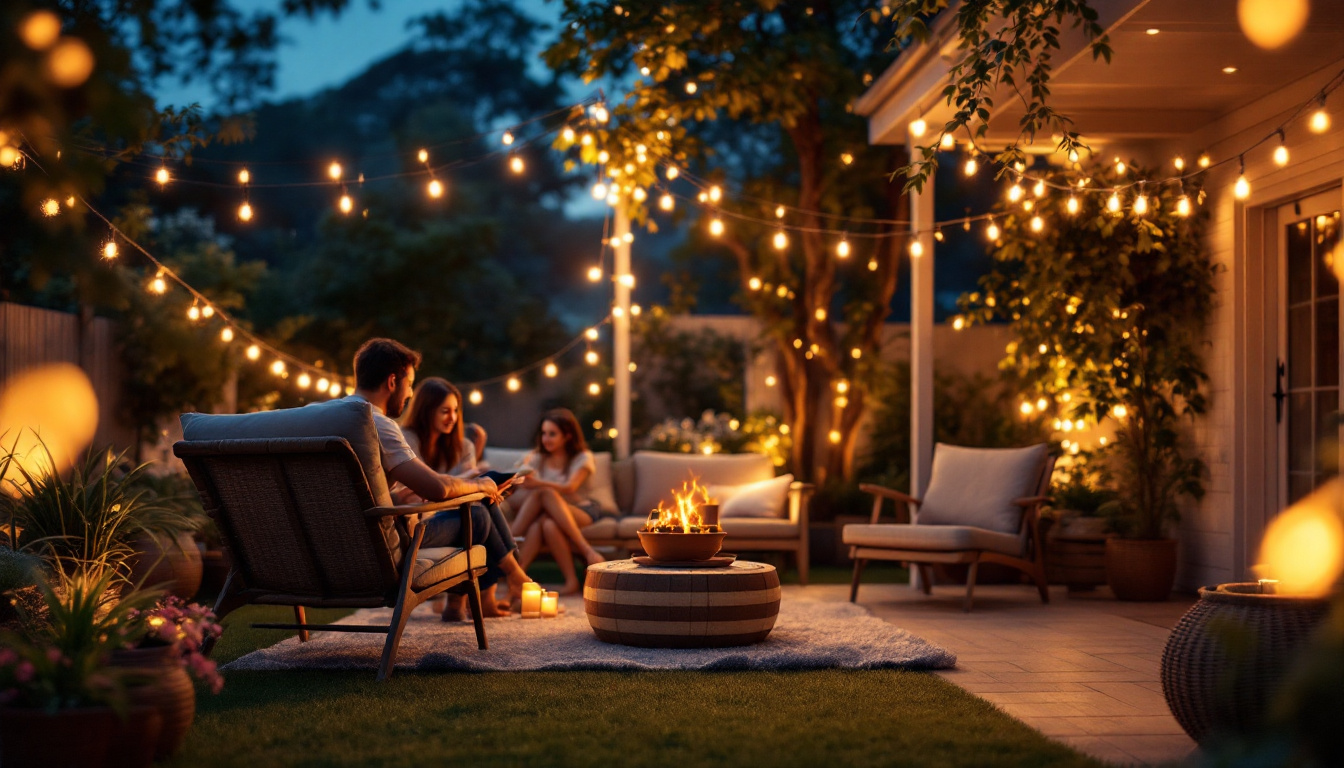
Discover the transformative potential of LED string lights in modern lighting design.
Get notified when NEW deals are released.
Optimize your budget with wholesale discounts.
Only top-quality, specification-grade lighting products.
No additional costs at checkout - what you see is what you pay.
We understand the unique needs of contractors.